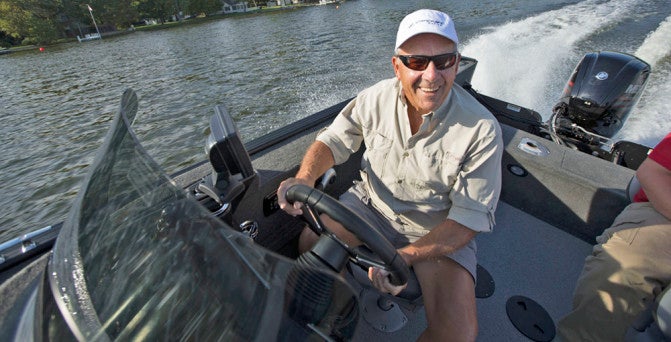
Side console, dual console, center console or tiller?
It’s possible to buy freshwater fishing boats in an amazing range of styles and layouts, including single console, dual console, center console and tiller models. Each design offers its own unique benefits, but determining which is right for you comes down to how, where and when you spend your time on the water.
Single Console
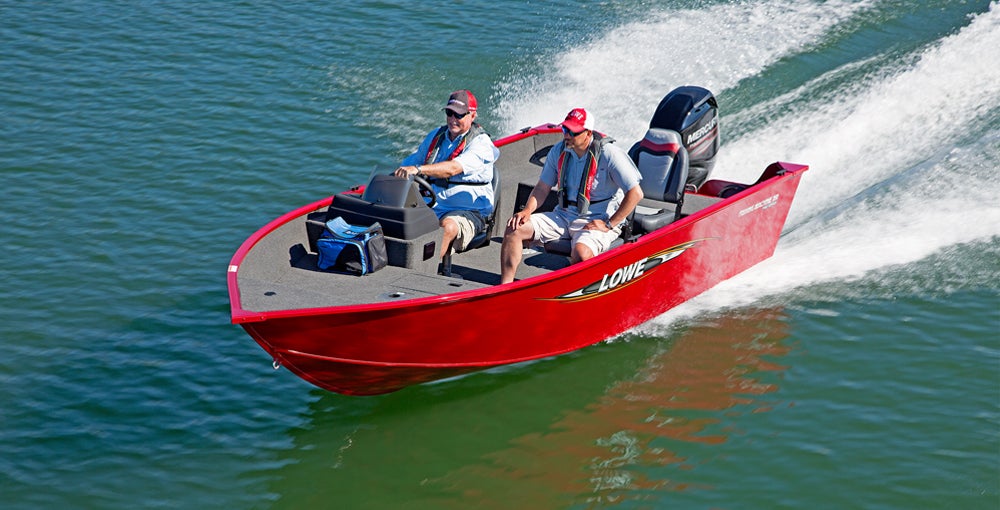
Single console, or side console, steering offers familiar automotive-style control while preserving floor space.
One of the most popular floor plans used on modern fishing boats is the single console or side console platform, which brings automotive-style control with a familiar steering wheel and dashboard layout, while preserving floor space for easy movement around the boat. Having the main gauges on a dashboard directly in front of the driver keeps eyes-front at all times for safety, while providing added protection for the driver from wind and rain while underway. Further, the helm console provides a secure storage spot for wallets, cell phones, truck keys and other critical items.
The trade-off with a single console boat is that there’s no protection for passengers when running in cold weather or rain. Passengers will normally turn to face aft while running, making swiveling seats a must.
Dual Console
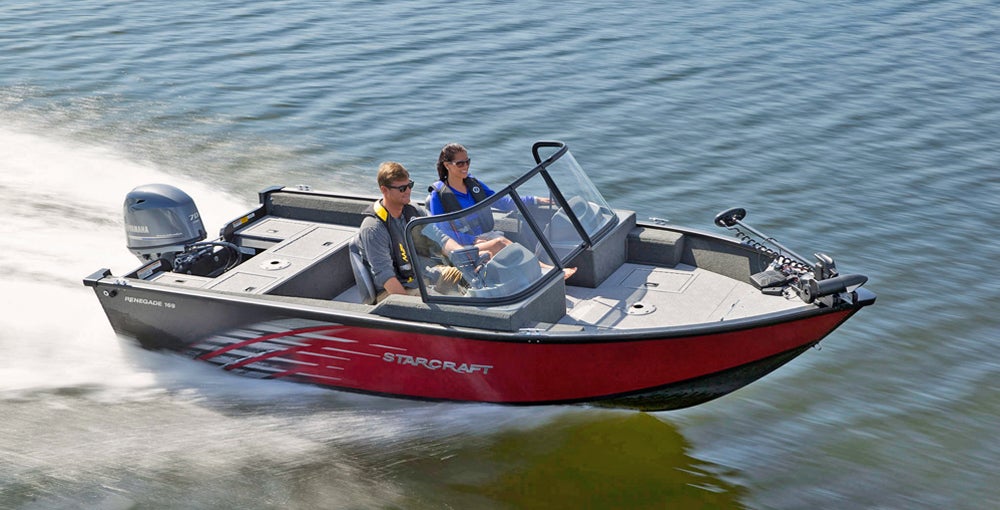
Boats with dual consoles offer more storage space for gear plus greater occupant protection in foul weather.
With their added protection and storage space, dual console boats are the go-to choice for anglers who live in more northerly climes, and who often venture out early or late in the season. Although the second console eats up additional floor space, the additional creature comfort can make this trade-off worthwhile – especially if it comes with a full closure walk-through windshield, rather than the simple “double bubble” individual wind screens. That second console also provides a useful amount of dry storage space, both in the console base and in the large glove box typically found up top.
The down side to the double console layout is that it gobbles up floor space. This is often most noticed on the front casting deck, especially if the boat has that full walk-through windshield.
Center Console
One variation of the single console design is to mount the helm on the centerline, rather than against the starboard gunnel. The idea behind these aptly-named center console boats is that you enjoy 360-degree access all around the boat. This gives center console-style boats a bit on an edge for fishing, diving, or any other activity where being able to walk completely around the boat could be advantageous.
The down side to a center console layout is that positioning the steering console and driver’s seat along the center line can make the boat a bit more crowded, since access to and from the bow is more constricted than it is on a similarly-sized side console model. The layout can also make it more awkward to accommodate bulky gear like coolers or large tackle boxes, while offering only minimal protection from the elements.
Tiller Steering
For many serious freshwater anglers, nothing beats the super-precise boat control that can only be achieved with a wide-open boat steered by a tiller handle mounted directly on the outboard. Tournament walleye anglers often prefer tiller steering for its unsurpassed control when back-trolling, for example, or when fishing specific structural elements on deep structure.
Tiller steering doesn’t require a console, so it’s an especially popular choice on smaller boats where floor space may already be at a premium. Tiller boats are also a bit less expensive to buy, since there are no steering or throttle cables to rig.
The disadvantages to tiller control are that it really isn’t practical with high horsepower engines, and the open layout leaves anglers fully exposed to the elements. Further, since gauges are typically mounted on or in the gunnels, checking them requires the driver to look away from where they’re going.
What style is best for you? The answer depends on balancing the benefits of each system against your own personal needs for floor space, dry storage, occupant protection and personal comfort.
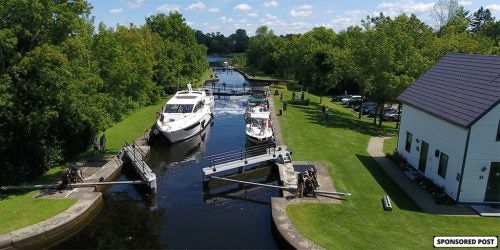
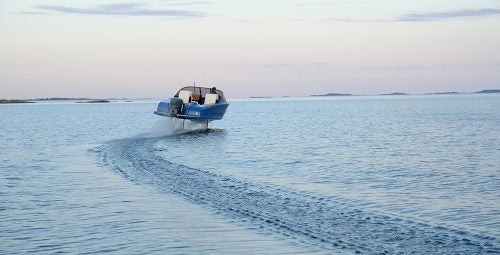
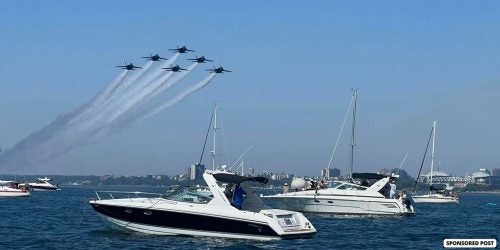
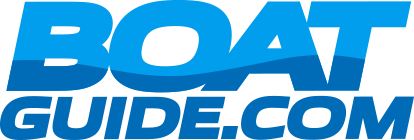

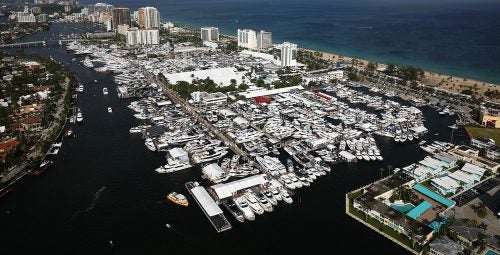 Fort Lauderdale International Boat Show Preview
Fort Lauderdale International Boat Show Preview 10 Best New Boat Accessories at IBEX 2021
10 Best New Boat Accessories at IBEX 2021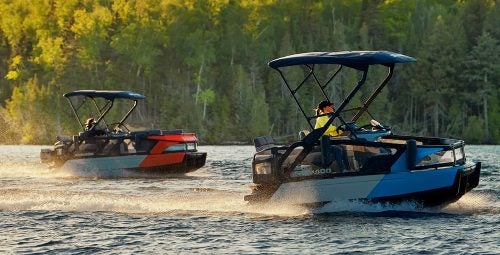 2022 Sea-Doo Switch Pontoon Boat Lineup Unveiled
2022 Sea-Doo Switch Pontoon Boat Lineup Unveiled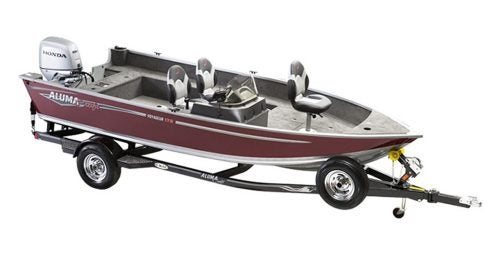 BRP Enters Fishing Boat Market with Purchase of Alumacraft Boat
BRP Enters Fishing Boat Market with Purchase of Alumacraft Boat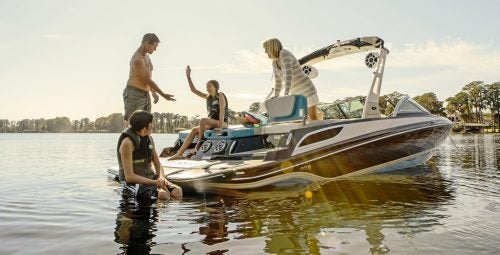 Volvo Commits To Electric Power By 2021
Volvo Commits To Electric Power By 2021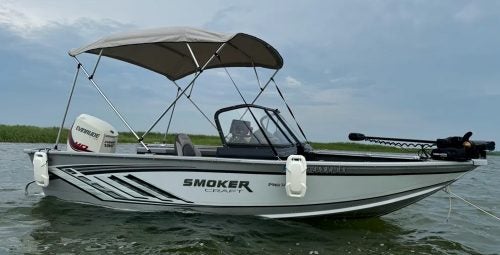 Kemimoto 4 Bow Bimini Top and Boat Bumper Review
Kemimoto 4 Bow Bimini Top and Boat Bumper Review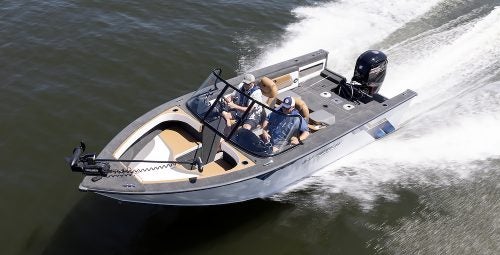 Starweld Victory 20 Review
Starweld Victory 20 Review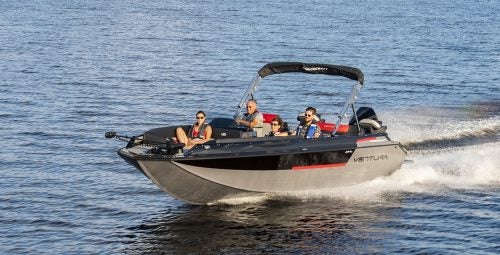 Princecraft Ventura 23 RL Review
Princecraft Ventura 23 RL Review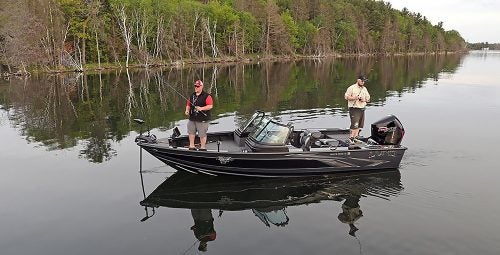 Lund 2075 Pro V Review
Lund 2075 Pro V Review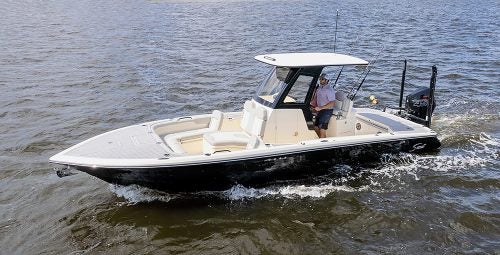 Scout 281 XSS Review
Scout 281 XSS Review Fuel Saving Tips For Boaters
Fuel Saving Tips For Boaters Best Boating Accessories
Best Boating Accessories Best Boating Apps
Best Boating Apps 5 Pontoon Boats That Are Made To Fish
5 Pontoon Boats That Are Made To Fish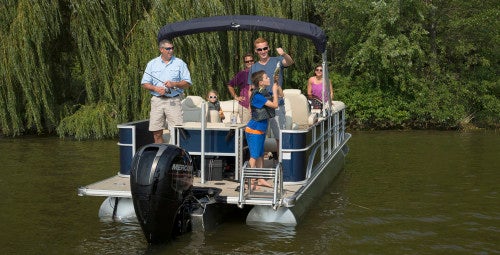 10 Great Small Pontoons
10 Great Small Pontoons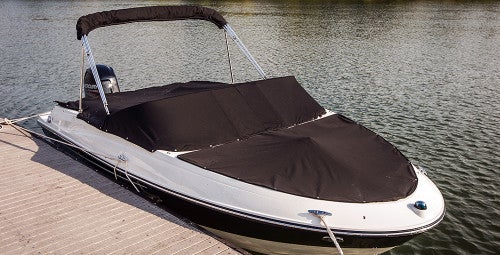 Your Boat Was Expensive—Do You Really Trust a $2 Rope From the Dollar Store to Secure It?
Your Boat Was Expensive—Do You Really Trust a $2 Rope From the Dollar Store to Secure It?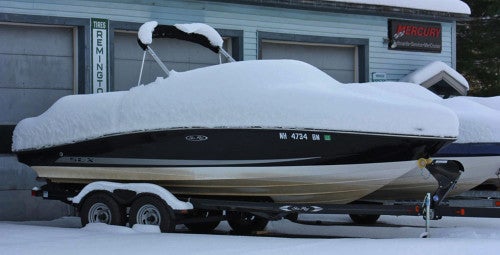 Do I Need Insurance Coverage Against Ice or Freezing Damage?
Do I Need Insurance Coverage Against Ice or Freezing Damage?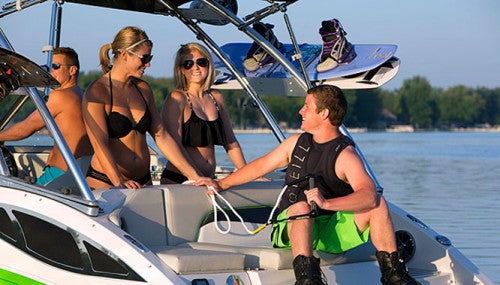 What Kind Of Insurance Coverage Do I Need?
What Kind Of Insurance Coverage Do I Need?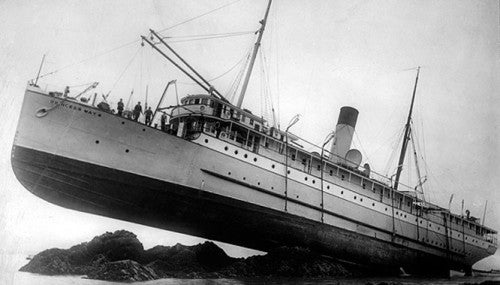 What About Salvage?
What About Salvage?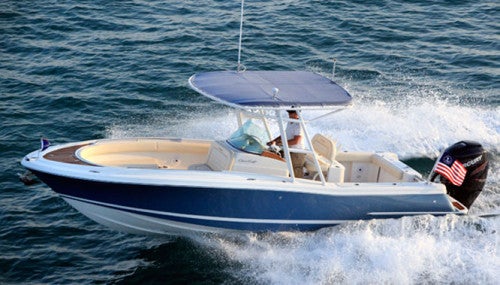 Boat Insurance or Yacht Insurance?
Boat Insurance or Yacht Insurance?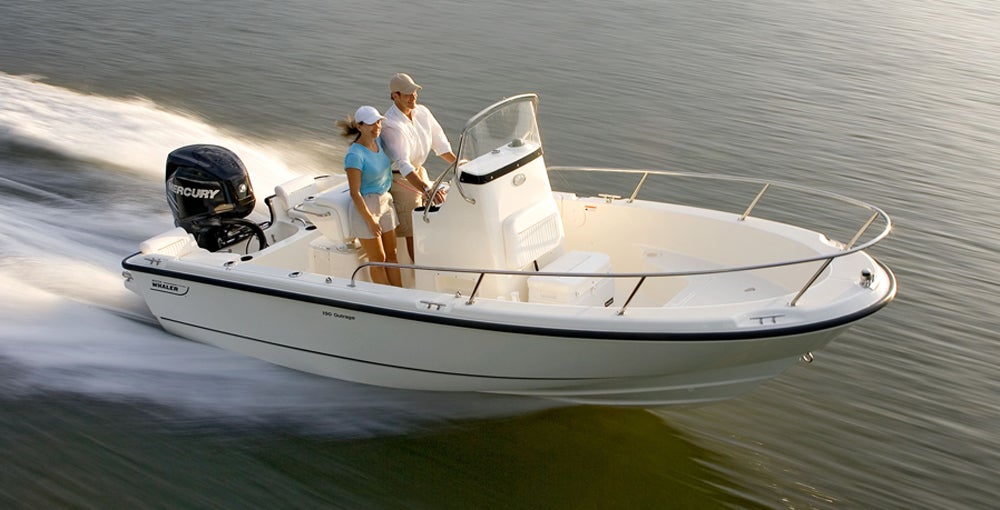
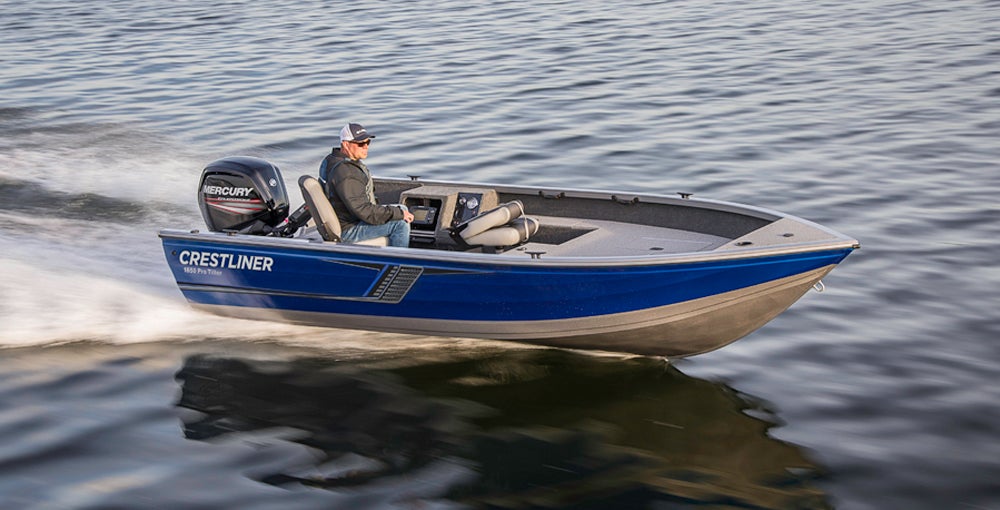
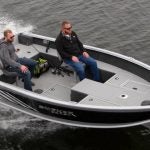
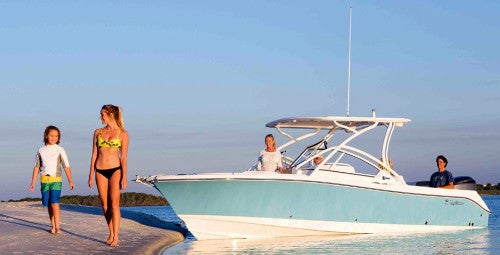
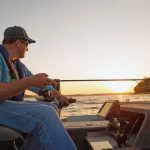
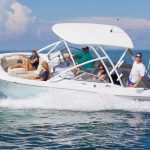
 The Best Bowriders For The Money
The Best Bowriders For The Money
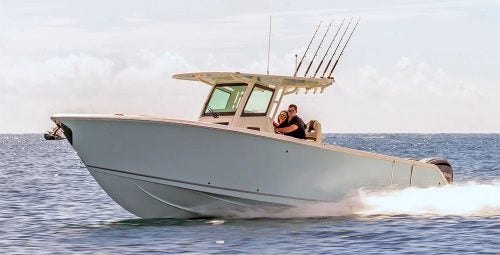 Sailfish 312CC Review
Sailfish 312CC Review
 The Wildest Concept Yachts
The Wildest Concept Yachts
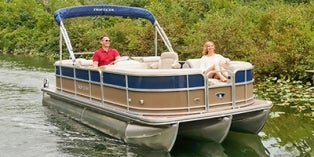 2016 Trifecta 200 Series 220FCR
2016 Trifecta 200 Series 220FCR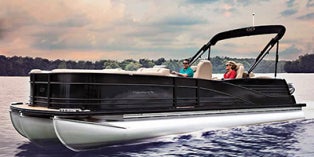 2016 Harris Grand Mariner SL 270 DL
2016 Harris Grand Mariner SL 270 DL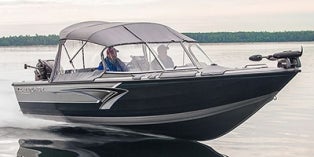 2016 Crestliner Authority 2050
2016 Crestliner Authority 2050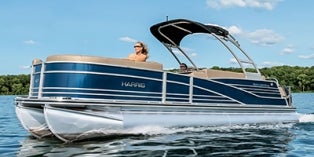 2016 Harris Grand Mariner SL 230 DLDH
2016 Harris Grand Mariner SL 230 DLDH
